Northern Sea Oat plant specifications
Northern Sea Oat
- Botanical Name : Chasmanthium latifolium
- Common name : North America Wild Oats, Northern Sea Oats, Spangle Grass, Sea Oats, Inland Sea Oats, Indian Wood Oats, Wild Oats, River Oats, Flathead Oats, Upland Oats, Upland Sea Oats
- Order : Poales
- Family : Poaceae
- Subfamily : Panicoideae
- Genus : Chasmanthium
- Species : C. latifolium
- Type : Ornamental grass
- Height : 2.00 to 5.00 feet
- Spread : 1.00 to 2.50 feet
- Bloom Time : August to September
- Bloom Description : Green
- Sun : Full sun to part shade
- Water : Medium to wet
- Maintenance : Low
- Native Range : Eastern United States, northern Mexico
- Native Habitat : Shaded slopes; low thickets; stream banks
Northern sea oats is a perennial ornamental grass that can be planted in late spring (after the threat of frost has passed) or in the fall. It is a member of the Poaceae family, making it a true grass. In some regions, it is a vigorous enough spreader to be considered invasive. The first shoots in spring are blue-green. An established plant will have grown 2 to 3 feet high by mid-summer, displaying loose clumps of green foliage. The leaf blades are lance-shaped, arching, and bear a mid-green color.
Warning
Northern sea oats can spread both through seeds and rhizomes. It is rarely invasive in the northern United States, but, in warmer climates, it may be invasive. Check with your county extension if you want to find out if it is considered invasive in your area. One way to minimize the chances of its spreading is to grow it on a patio in a container.
read more : Everything about cotton plant : How to Plant & care for them
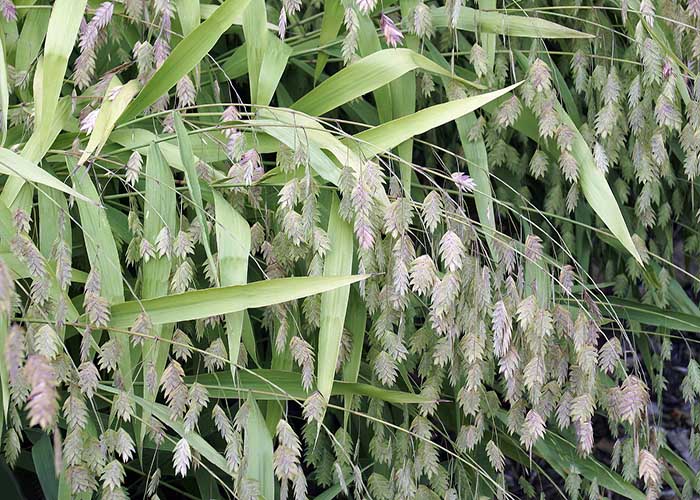
By late summer, it begins to bear panicles of its namesake oat-like, green flower heads, which are its chief ornamental feature. Not only are these flower heads visually appealing with their jagged edges, but they also flutter in the wind, creating a rustling sound that adds interest to the landscape.
But while the plant does afford summer interest, northern sea oats comes into its own in fall. This is when the flower heads begin to ripen into seed heads and change to a bronze color. As fall progresses, the leaf blades change to a golden color to complement the seed heads. Although the foliage color eventually fades to a tan color, the plant continues to offer landscape interest in winter.
Iran dried Northern Sea Oat
This attractive grass is often cultivated in gardens and the branches of its spikelets can be used in flower arrangements and winter bouquets.
Due to its unique beauty, dried northern sea oat is also used as an ornamental dried flowers in interior decoration. The export of dried northern sea oat has provided a great opportunity for wholesalers and exporters to make significant profits.
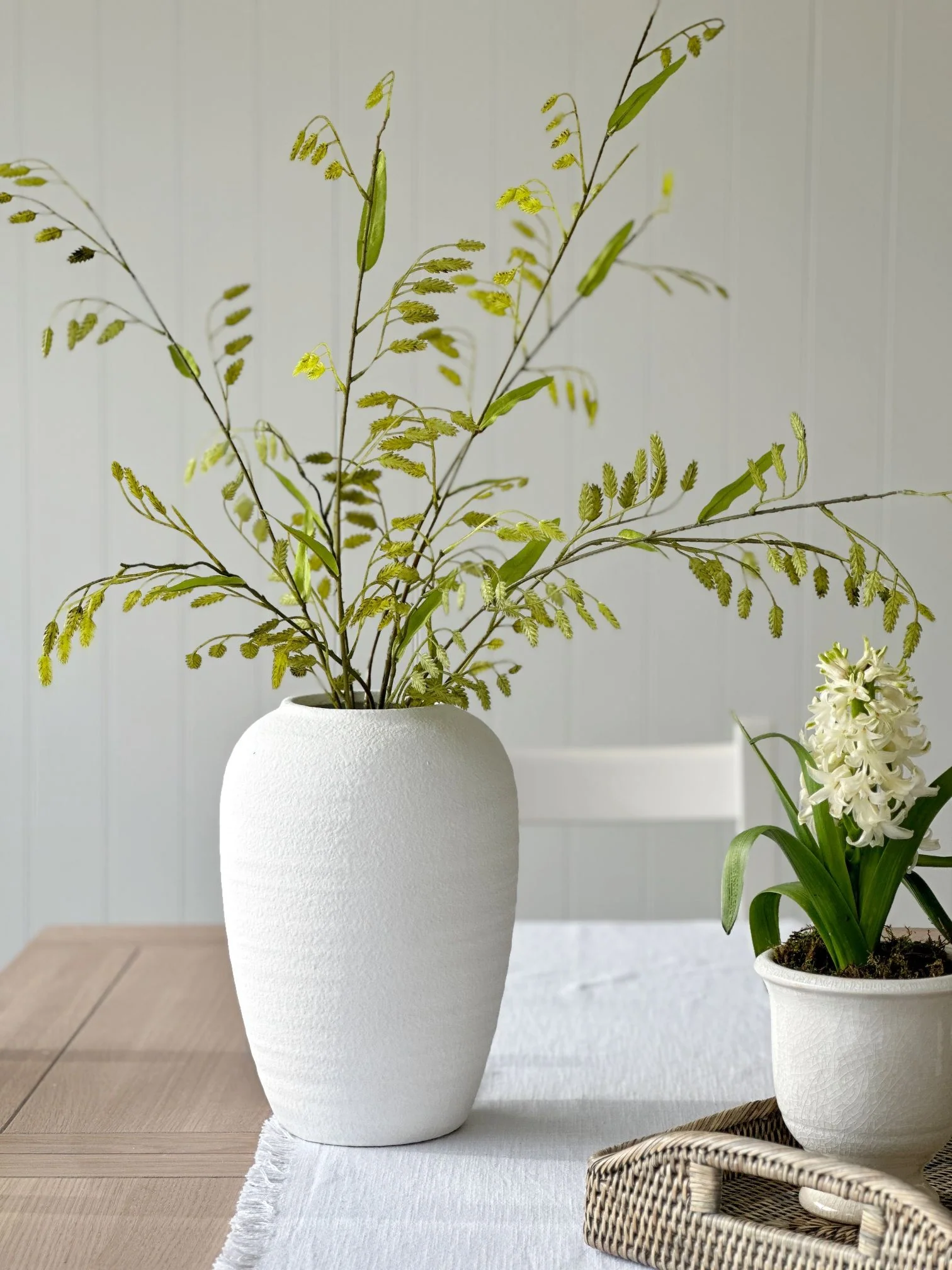
read more : Drying natural flowers | Introducing 8 wonderful ways to dry flowers
Northern Sea Oats Care
Since northern sea oats provides winter interest, leave it standing all winter. Cut the stalks down to within a few inches of the ground in spring, to ready the spot for the new shoots. Mulch the plant if you live where it is only borderline hardy. For example, some gardeners have been successful growing it in zone 4 if they mulch, even though the plant is listed as being cold-hardy only as far north as zone 5.
Locate northern sea oats in a spot where it can be accompanied by other plants that enjoy the same growing conditions and that can complement it. For example, northern sea oats can provide a contrast in texture with compatible plants that have wider leaves, such as Rodgers flower ( Rodgersia aesculifolia ). A row of northern sea oats plants also makes for a great backdrop to a bed of shorter plants.
-
Light
Give northern sea oats full sun to partial sun. While it will survive if grown in partial shade, it will not thrive to the same degree: Flowering will be reduced, and its fall color will not be as strong. This is an important consideration since northern sea oats is grown mainly for its flower heads and for its fall color.
However, the more sun it receives, the more water you should give it; so be prepared to provide it with more care ( irrigation ) if you are growing it in an area with full sun. If low-maintenance landscaping is more important to you than optimal performance, grow it in partial sun so that you can cut back on watering. At the southerly end of its range, the summers are so hot that it is best to grow northern sea oats in partial sun or even in partial shade.
read more : Everything about cotton plant : How to Plant & care for them
-
Soil
Northern sea oats likes well-drained, fertile ground. A loamy soil fortified with compost is ideal.
-
Water
Northern sea oats has only moderate moisture needs if grown in partial sun or partial shade, but it does not like for its soil to dry out completely. Aim for a consistently moist soil, especially during the heat of summer.
-
Temperature and Humidity
Northern sea oats performs best in climates with moderate summer heat and humidity.
-
Fertilizer
Northern sea oats needs a fertile soil to perform optimally, so feed it annually with compost or manure tea.
Types of Northern Sea Oat
Chasmanthium latifolium is one of five species of Chasmanthium, but the other four are not as commonly grown. The other four species are :
- Chasmanthium nitidum ( shiny wood-oats )
- Chasmanthium ornithorhynchum ( bird-bill wood-oats )
- Chasmanthium sessiliflorum ( long-leaf wood-oats )
- Chasmanthium laxum ( slender wood-oats )
But some nurseries and online catalogs do carry a variegated leaf cultivar of Chasmanthium latifolium known as ‘ River Mist ‘. As with many variegated plant cultivars, it likes a little more shade than the species plant.
Propagating
The best ( easiest ) way to propagate northern sea oats is through division. Divide and transplant it any time between mid-spring and early summer. Do not let its soil dry out completely during this operation.
How to Grow Northern Sea Oat From Seed
Northern sea oats is also easy to start from seed. No special steps are required to get its seed to germinate. You can either collect the seed in fall or buy it; the seed is readily available for sale online.
read more : Everything about barley grass : How to Plant & care for them
Common Pests and Plant Diseases
Northern sea oats is bothered by few pests or diseases. Most importantly, the deer leave it alone; because of their size (and thus their ability to eat so much), deer, where they are present, are typically the landscaper’s worst nightmare.
How to Get Northern Sea Oat to Bloom
Provided that they have been planted in full sun, northern sea oats will readily start blooming in the late summer each year, with little extra help from you. The flower head, which imperceptibly morphs into a seed head in fall, measures about 1 inch long and wide; it is razor-thin. For optimal flowering, simply keep the soil evenly moist and give the plant an annual feeding. Since the flower head is the main draw of the plant, do not deadhead.
Notice : This article translated by google form Persian language. If you have any question or need more information please contact us or add a comment at the bottom of this page.
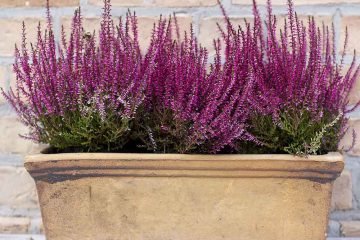
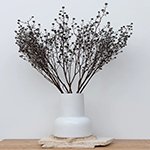
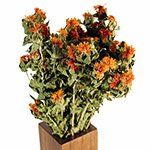
0 Comments